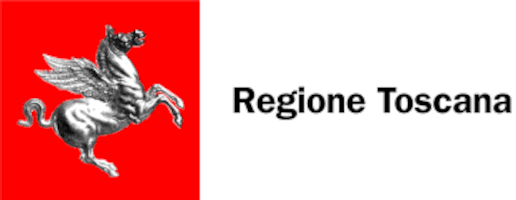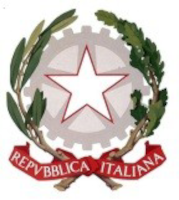

Cosa is located on two hills near the current Ansedonia, on that stretch of coast overlooking the lagoon of Orbetello. It was founded in 273 BC in a strategic position for both sea control and land traffic. The arch, or the sacred part of the city, is located on the highest hill and houses several sacred buildings including the Temple of Iuppiter, the pempio of Mater Matuta and the Capitolium. Going down the ridges of the hill you exit the arch and enter the residential districts of the city. There are numerous domus excavated and brought to light: the House of Diana, the House of the Skeleton and the House of the Treasure, on which the small archaeological museum stands, are just some of the many found.
Along the roads that share the two ports are the Necropolis characterized by tombs in front temple dating back to the second century BC, while downstream was found a mausoleum, a monument that enshrines the use of new architectural patterns for funerary monuments and not, and that interests Cosa between the second and the beginning of the first century B.C. The tomb has a cubic base on which stands a rectangular prism structure with concave sides; it had to be covered with sandstone slabs with moldings in stucco.
Also interesting is the presence of a Columbarium in the Necropolis of the North-West. The latter dates back to the first century B.C. and has a roughly quadrangular plan; it was realized in cement work with brick facing. Inside the columbarium there are the niches that were to contain the cinerary Olle. Immediately outside the North-West gate were also found cappuccina graves, one of which has returned the skeleton of a high-status girl with serious problems of malnutrition. DNA analysis has traced skeletal traces of this malnutrition to coeliac disease.



PIANO DI SVILUPPO E COESIONE – PSC TOSCANA
INTERVENTI DI CUI ALLE RISORSE FSC DELIBERA CIPESS 26/2021
Supporto alla valorizzazione dell’immagine della Toscana – Maremma Toscana Area Sud
Progetto Maremma Toscana Area Sud